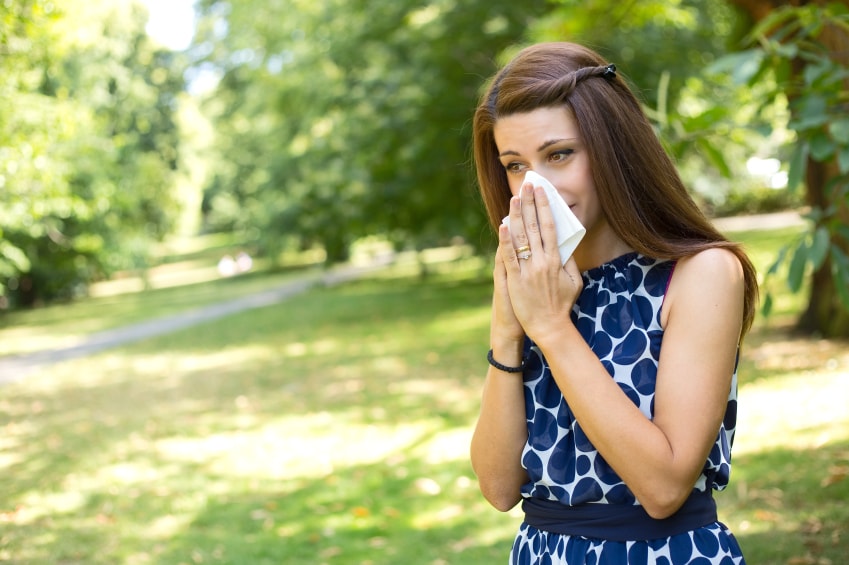
You can practically mark it on your calendar. The onset of sneezing, coughing, itchy eyes and runny nose characterizes the beginning of fall allergy season ? and the start of several months of irritation and discomfort. And misery loves company ? according to the Asthma and Allergy Foundation of America, an estimated 45 million Americans are in the same tissue-riddled boat with you.
Depending on what part of the United States you call home, there are a variety of plants that can trigger seasonal allergies. Each seems to have a more unusual name than the last, with many sounding like popular ingredients in a witch?s brew. From burning bush, burweed marsh elder, cocklebur and eupatorium to lamb?s-quarters, mugwort, pigweed, Russian thistle, sagebrush and tumbleweed, they all can cause hay fever symptoms with just a brief sniff.
But the biggest culprit by far is ragweed. In fact, seventy-five percent of all Americans who are allergic to pollen-producing plants are allergic to ragweed. A wild plant that grows indiscriminately in rural areas, vacant lots, and seemingly pretty much anywhere it likes, ragweed is most prevalent on the East Coast and in the Midwest. Its reach is vast ? one plant can produce a billion pollen grains in a season, and the grains themselves have been tracked up to 400 miles out to sea and two miles up in the atmosphere. Clearly, you can run, but you can?t hide.
Chronic inflammation in the sinuses and increased permeability of mucous membranes promotes the congestion and other reactions we commonly associate with allergies. Unlike the common cold that lasts about a week, seasonal allergies often remain for considerably longer.
How to outwit, outplay and outlast these unwelcome visitors? Dr. Kalitenko offers some timely tips that can be implemented both inside and outside the house:
Make pollen levels count. Access your local news or get the latest update on your electronic device to keep a pollen pulse. If the count is high, concentrate on indoor activities and save your exercising or errand running for later in the day.
Speaking of indoors ? Keep windows and doors closed, and make sure you have HEPA (high-efficiency particulate air) filters in your air conditioning units to better trap nasty spores. And hardwood floors are a wise choice over allergen-accumulating rugs.
You ? and your home ? can?t be too clean. When you come back inside, wash your hair, change your clothes ? and maybe even hose down the family pet. Wet clean and vacuum your house often to remove pet dander along with allergy-triggering spores.
Watch what you eat. According to the American Academy of Allergy, Asthma and Immunology, about one-third of people with fall season allergies may similar reactions to foods like bananas, cucumbers, melons and zucchini. Before eliminating these vitamin-dense foods from your diet, be sure to speak with your physician.
Allergies may seem like they last forever, but those in the fall usually have a finite lifespan. They typically begin around August when ragweed plants release their pollen spores into the air, and end at winter?s first frost. If you?d like to learn more, schedule a consultation at either of our two New York City offices conveniently located in Brooklyn (718-382-9200) or Great Neck (516-467-0253).
http://acaai.org/allergies/types/seasonal
http://www.webmd.com/allergies/features/seasonal-allergies-4-routes-to-…
http://www.aafa.org/display.cfm?id=9&sub=19&cont=267

